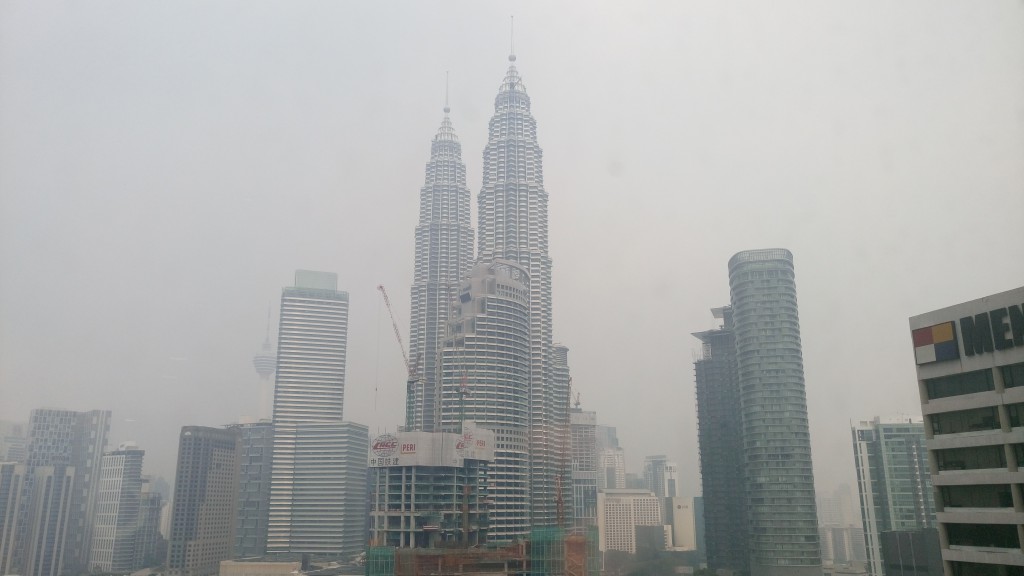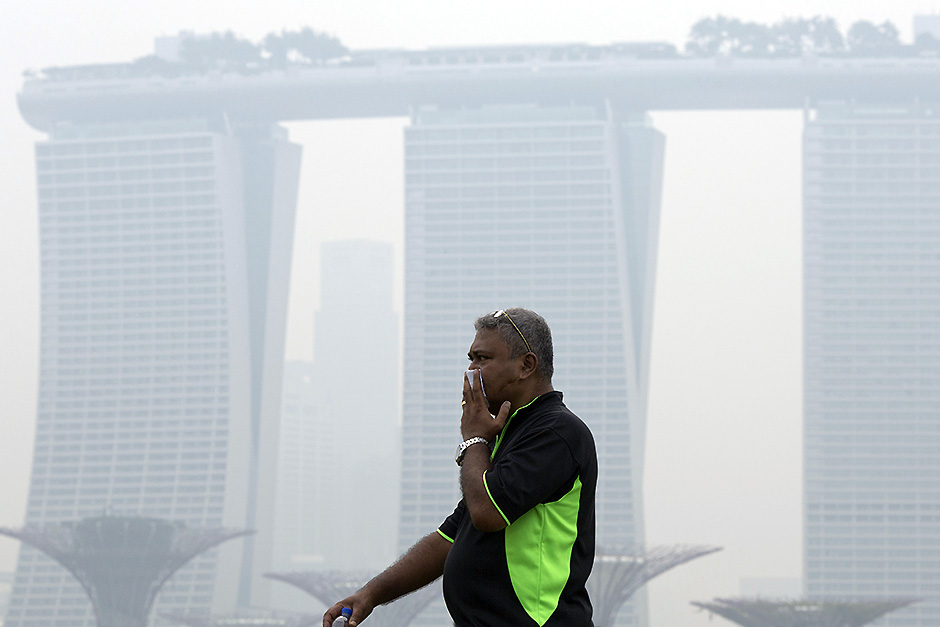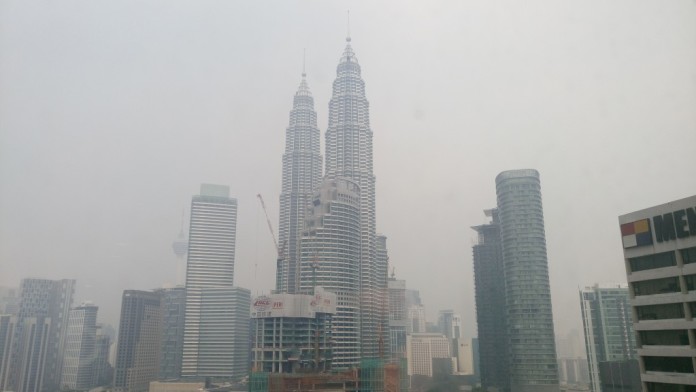NEW research has revealed Indonesian forest fires that choked a swath of Southeast Asia with a smoky haze for weeks last year may have caused more than 100,000 premature deaths.
The latest findings by scientists from Harvard University and Columbia University will likely add to pressure on Indonesia’s government to tackle the annual crisis.
The study to be published in the journal Environmental Research Letters is being welcomed by other researchers and Indonesia’s medical profession as an advance in quantifying the suspected serious public health effects of the fires, which are mostly set to clear land for farming.
The number of deaths is an estimate derived from a complex analysis that has not yet been validated by analysis of official data on mortality.
According to the Associated Press, the research has implications for land-use practices and Indonesia’s vast pulp and paper industry. The researchers showed that peatlands within timber concessions, and peatlands overall, were a much bigger proportion of the fires observed by satellite than in 2006, which was another particularly bad year for haze.
SEE ALSO: Indonesia: Haze investigators held captive, threatened with death
Haze largely caused by illegal slash-and-burn agricultural policies in Indonesia has affected the Southeast Asian region annually for decades.
Uncontrolled burning from fires in Riau, South Sumatra, and Kalimantan causes the smoke to spread hundreds of kilometers across the region to Malaysia, Singapore, Thailand, and the Philippines, resulting in major deterioration in air quality levels, health problems, and economic losses.
The study’s researchers surmise that draining of the peatlands to prepare them for pulpwood plantations and other uses made them more vulnerable to fires.

Haze brought on by Indonesian peat fires blanket the Malaysian capital of Kuala Lumpur on April 22, 2016. Pic: Asian Correspondent.
The estimate of early deaths linked to respiratory illness and other causes covers Indonesia and its neighbors Singapore and Malaysia.
The bulk of the estimated deaths, however, are in Indonesia, by far the most populous of the three countries as well as the nation within the biggest land area affected by haze.
SEE ALSO: Indonesia urges neighbors to stop complaining about haze
The study, according to the news agency, finds there is a high statistical probability that early deaths ranged between 26,300 and 174,300. Its main estimate of 100,300 deaths is the average of those two figures. It predicts 91,600 deaths in Indonesia, another 6,500 in Malaysia and 2,200 in Singapore.
The researchers involved in the study say the model they developed can be combined with satellite and ground station observations to analyze the haze in close to real time. That gives it the potential to be used to direct firefighting efforts in a way that reduces the amount of illness caused, they say.
However, the possible scale of serious health consequences was indicated by a statement from the country’s disaster management agency in October that said more than 43 million Indonesians were exposed to smoke from the fires and half a million suffered acute respiratory infections.

A man covers his nose during a hazy day in Singapore. Pic: AP
The study considered only the health impact on adults and restricts itself to the effects of health-threatening fine particulate matter, often referred to as PM2.5, rather than all toxins that would be in the smoke from burning peatlands and forests.
SEE ALSO: Indonesia: State of emergency declared in six provinces over haze
The fires from July to October last year in southern Sumatra and the Indonesian part of Borneo were the worst since 1997 and exacerbated by El Nino dry conditions.
About 261,000 hectares of land burned. Some of the fires started accidently, but many were deliberately set by companies and villagers to clear land for plantations and agriculture.
Rajasekhar Bala, an environmental engineering expert at the National University of Singapore, one of five experts who reviewed the paper for The Associated Press and were not involved in the research, said the study is preliminary and involved a “very challenging” task of analyzing the sources and spread of fine particulate matter over several countries and a lengthy time frame.
Even with caveats, it should serve as a “wake-up call” for firm action in Indonesia to curb peatland and forest fires and for regional cooperation to deal with the fallout on public health, he said.
“Air pollution, especially that caused by atmospheric fine particles, has grave implications for human health,” he said.
The AP also quoted Frank Murray, an associate professor of environment science at Australia’s Murdoch University, as saying that the death estimates are not “precise health outcomes”.
However, Murray said their overall scale should trigger intensified efforts to deal with the crisis. The study is a major contribution to addressing an international problem, he said.
Late last month, Indonesia declared states of emergency in six provinces as peat fires shroud parts of neighboring Singapore and Malaysia in smog.
Additional reporting from The Associated Press
The post Study: Indonesian fires possible cause of 100,000 deaths appeared first on Asian Correspondent.





